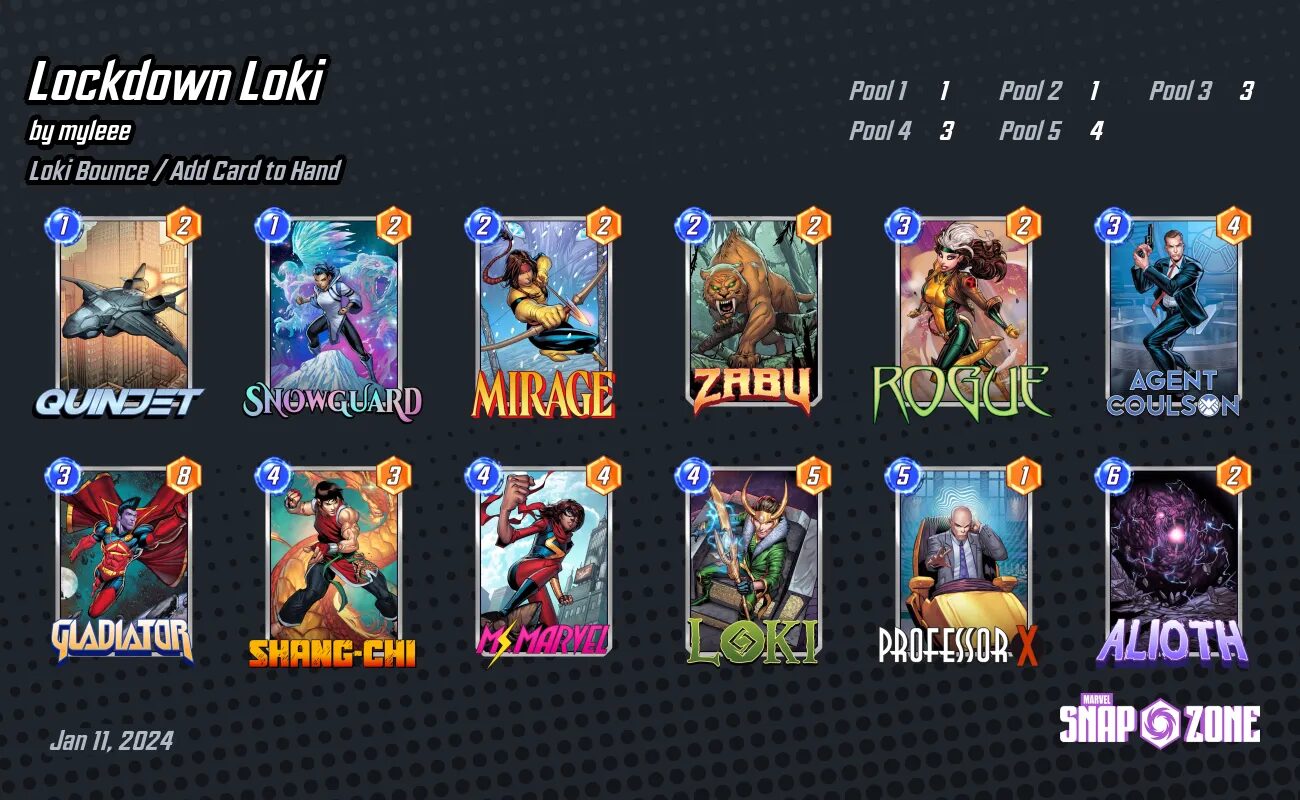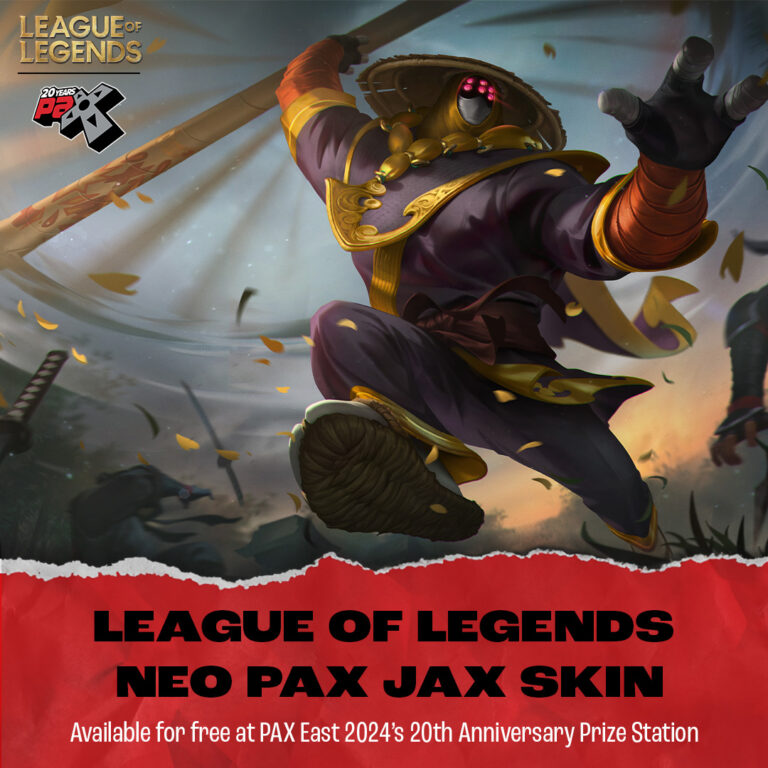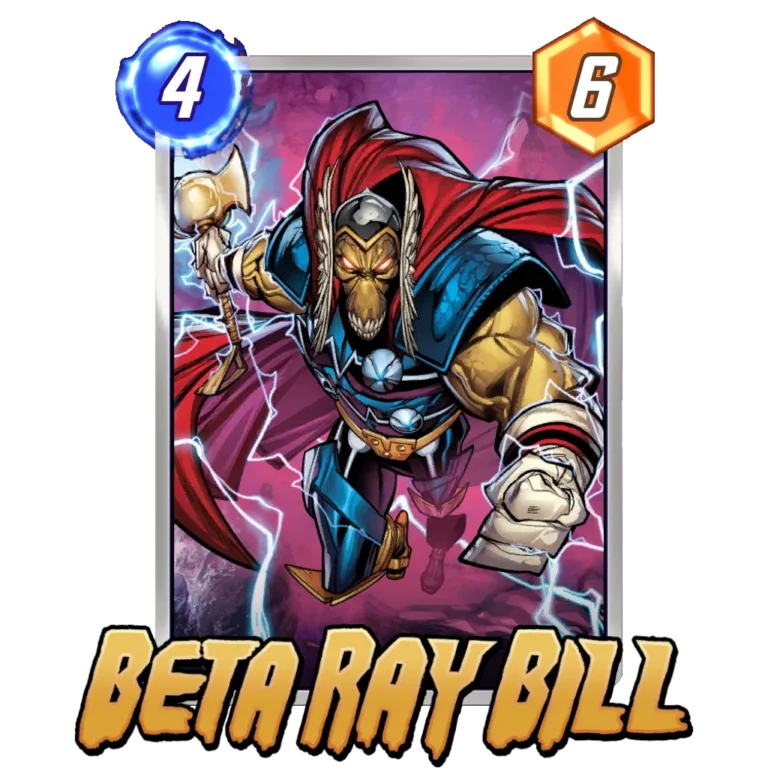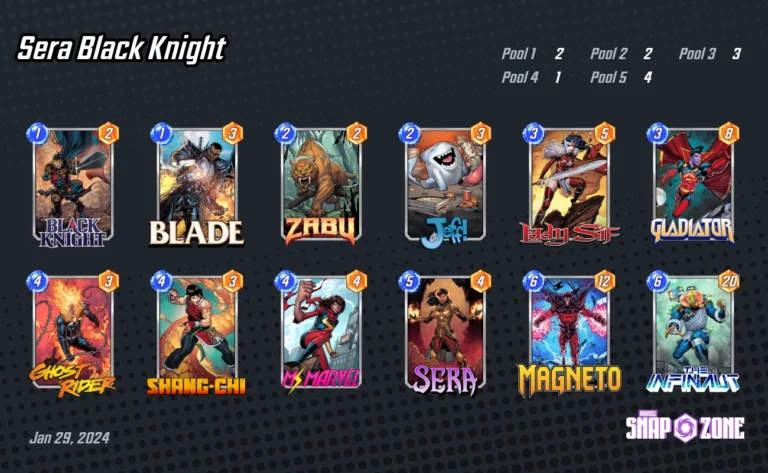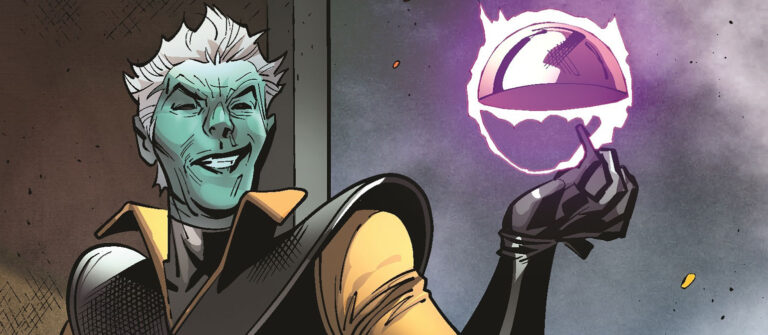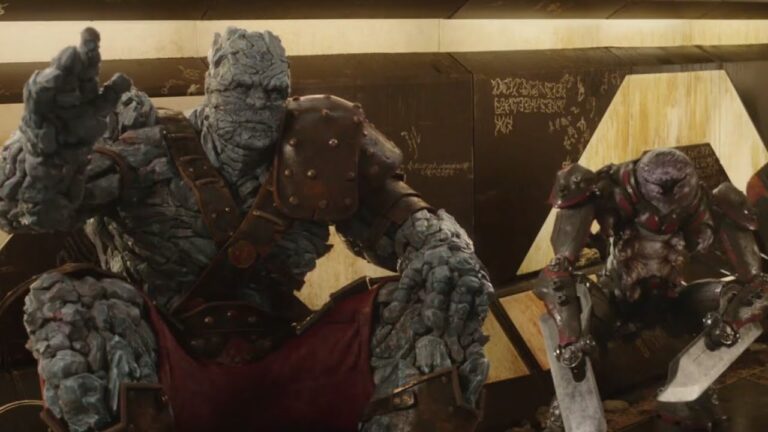Table of Contents [Hide]
Professor X has seen a massive drop in his play rate since his OTA change. With the sharp nerf to his power and a hostile meta filled with Ms. Marvel and Jeff, the control archetype has struggled to find a solid place in the meta since.
However, as the meta moves to feature strategies running big stuff (e.g., Blob Thanos and Blob Ramp) and Sera-centric decks like Sera Counter or Sera Black Knight, Professor X has found himself a solid home in Loki as a natural counter to the meta right now.
That said, while the deck's strength comes from being able to counter the meta right now, the archetype offers a lot of flexibility and a surprise factor, and I expect the archetype will continue to thrive even after the meta changes. The ability to disguise itself as a regular Loki deck makes it deadly to unsuspecting opponents, netting you a much higher cube rate compared to his counterparts.
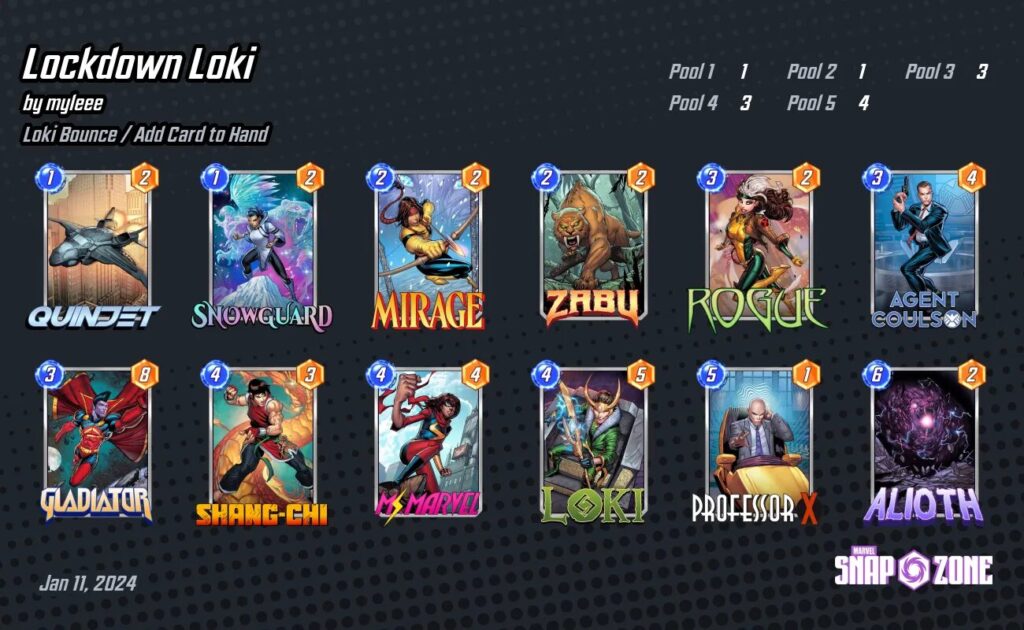
Concept and Strategy
At its core, this is a Loki deck with the benefit of pivoting your game plan to a more control-centric playstyle. The deck plays very similarly to a dino Loki deck in the early and mid-game, where the game plan is to maintain a large hand size and generate tempo by playing cards at a reduced cost, ending the game with a big Loki play.
This deck offers an alternate playline for your turn five. Instead of playing Loki, you can lockdown a lane, allowing you to set up for an Alioth play on the last turn. A good pilot can determine their matchups and choose the appropriate playstyle to counter their opponent. As a general blanket statement, greedy and combo-heavy decks (e.g., Hela, Sera, Tribunal) are weak to lockdown, while tempo and mid-range (decks that focus on playing efficient, good-value cards) are weak to Loki.
In the early game, you want to first identify your opponent’s strategy by identifying core cards from different archetypes. This allows you to plan your strategy as the game goes on to set up for your game-ending combo. For a Loki-centric game plan, it is best to play out your cost-reduction cards early and maintain a big hand size throughout the game. To set up a successful Professor X and Alioth play, however, you want to play to gain priority before turn five with cards like Ms. Marvel or Gladiator to generate enough power to maintain priority and safely lock down a lane.
Ms. Marvel Engine


Even after her nerf, Ms. Marvel remains the strongest card in the game, providing huge amounts of stats for her cost. This engine is required for this version of Loki to make up for the loss of power from losing the Werewolf Bounce package.
Hand Size Core

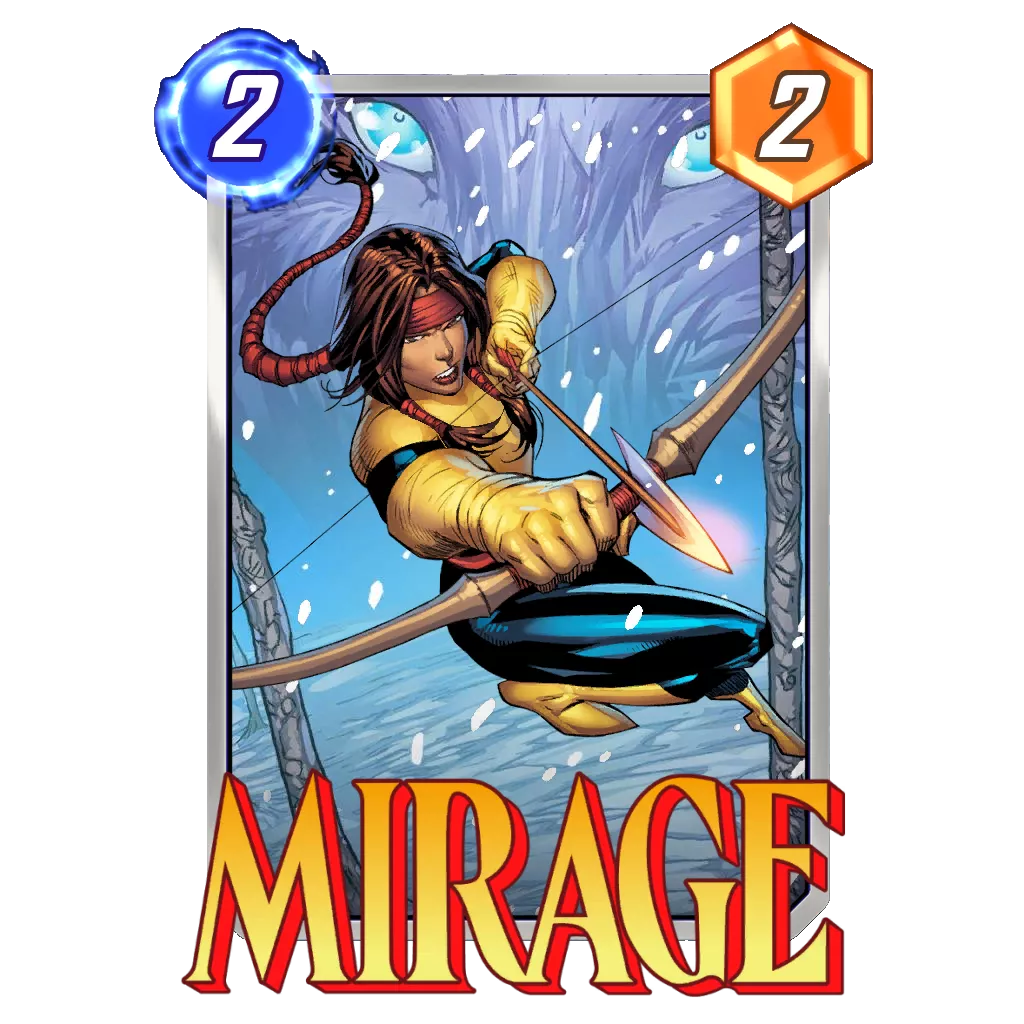

As with any Loki deck, maintaining a big hand size is important to maximize Loki‘s effect.
Despite most cards here synergizing well with The Collector, with his recent nerf to remove his interaction with Loki, the deck simply can’t afford to fit him with the number of core cards it utilizes when there are much better two-drop options competing for a spot in the deck.
What makes Agent Colson so strong is the number of impactful cards in the four and five-cost slots. A lot of times, Agent Colson can be the only option to generate an out for unwinnable situations due to his randomness. With Zabu or Quinjet down, the deck benefits from using expensive cards early and makes for a surprising mid-game with the opponent not knowing what you get from him.
Snowguard is sometimes a better legion while generating two extra cards in hand at a low cost. Hawk is a powerful tool to access locked locations and can be very impactful in turning off limbo against decks that benefit from having the extra turn, while Bear gives you exceptional location control and allows you to set up game-winning interactions by clogging your opponents like triggering Savage lands and Collapsed Mine.
Mirage is a new addition to the deck. She is valuable in providing information on your opponent’s hand, and the +2 power she gives on the stolen card is excellent in maintaining tempo and priority.
Tech Core


With the advantages of card generation and Loki swapping out cards in your hand, the deck can run a lot of tech cards without hindering the general game plan too much.
The golden rule of running tech cards is to bring answers to whatever you’re facing in the meta. There are different kinds of pocket meta in different ranks and servers, so if you find yourself facing a particular deck, it is wise to switch to the appropriate tech against it.
Shang Chi is almost always useful, as most decks will put out something with big power. Even with Caiera being very popular right now, Shang Chi still has a place in the meta and is a good card to have with your Zabu.
Rogue is very competitive as of late since most decks rely on one or two ongoing cards as part of the deck’s core game plan. Playing Rogue on Blue Marvel or Ms. Marvel can swing a lot of power in your favor and decide the game from there. You can also use her to counter the Ebony Blade or steal cheeky wins by stealing Caiera and playing a cost-reduced Shang Chi on the last turn.
Lockdown Core


Lockdown is very punishing against decks with an explosive last turn, and many decks are now choosing to use their turn fives to set up their big plays by playing Leech or Sera. This makes it easy to set up a Professor X on the same turn with minimal risk, allowing you to close the game out with an Alioth.
Since the lockdown core doesn’t come out until turn five, you can conceal this part of your strategy until it matters, making it very hard for your opponent to predict your Professor X from coming down and the surprise Alioth on turn six.
Even without Professor X's support, Alioth alone can be deadly against predictable decks like Living Tribunal and decks that like to play Ms. Marvel in the middle location, allowing you to shut down the opponent’s game plan.
Gladiator

While I was initially skeptical, Gladiator is one of your core cards in winning against the Loki Mirror matchup by pulling his Loki early and outpacing them in power. While it is risky to play him against decks that actively run big stuff (e.g., Thanos/ Blob), his pros heavily outweigh his cons by being able to break combos and providing substantial power to support your game plan.
Card Substitutions
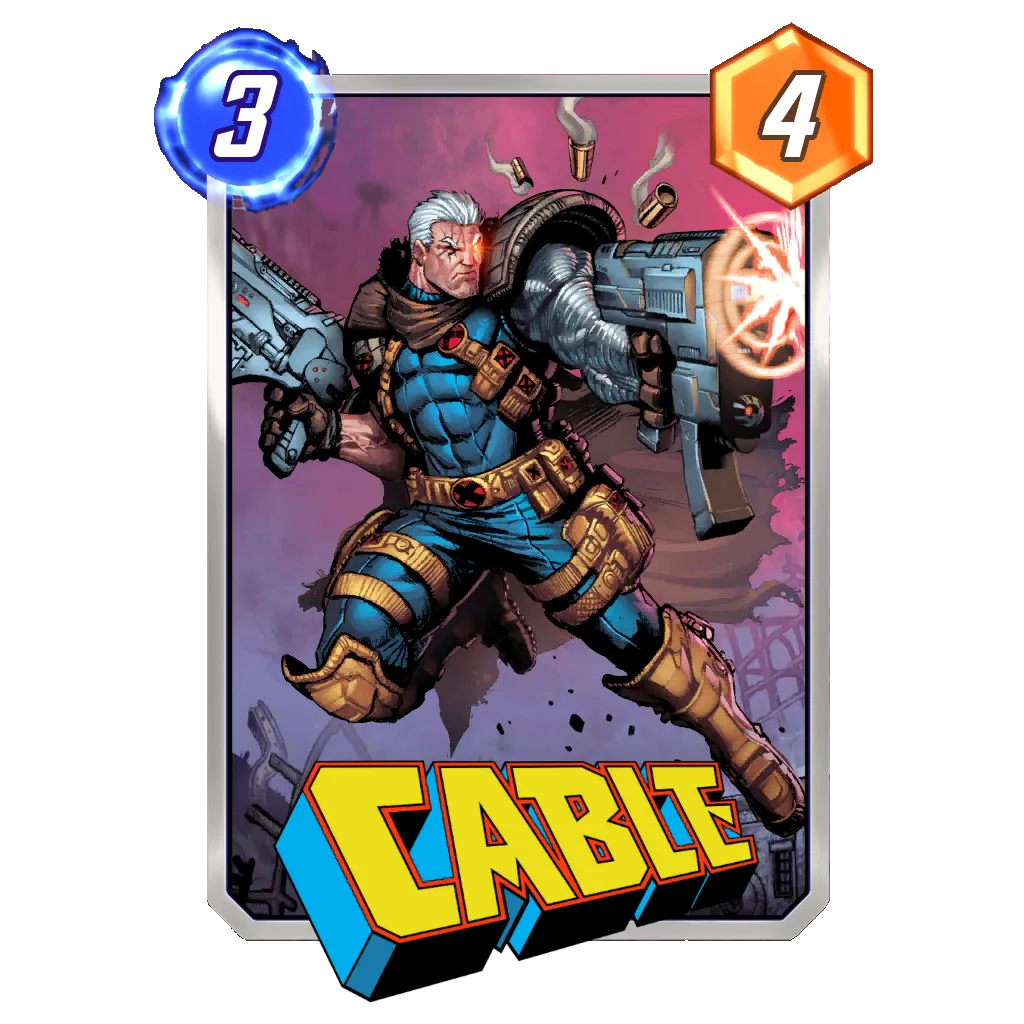

Cable and Mantis are viable substitutes for your hand-generation cards and are popular tech pieces in the Korean community. Pulling a card from your opponent’s deck is often overlooked and can be incredibly disruptive by breaking your opponent’s combo. Your opponent might be staying in unfavorable games expecting to draw that card without knowing it is in your hand.

Jeff, the Baby Land Shark, is a solid two-drop option if you don’t have Snowguard. A lot of times, his ability to access difficult locations can give you priority to set up your Alioth.
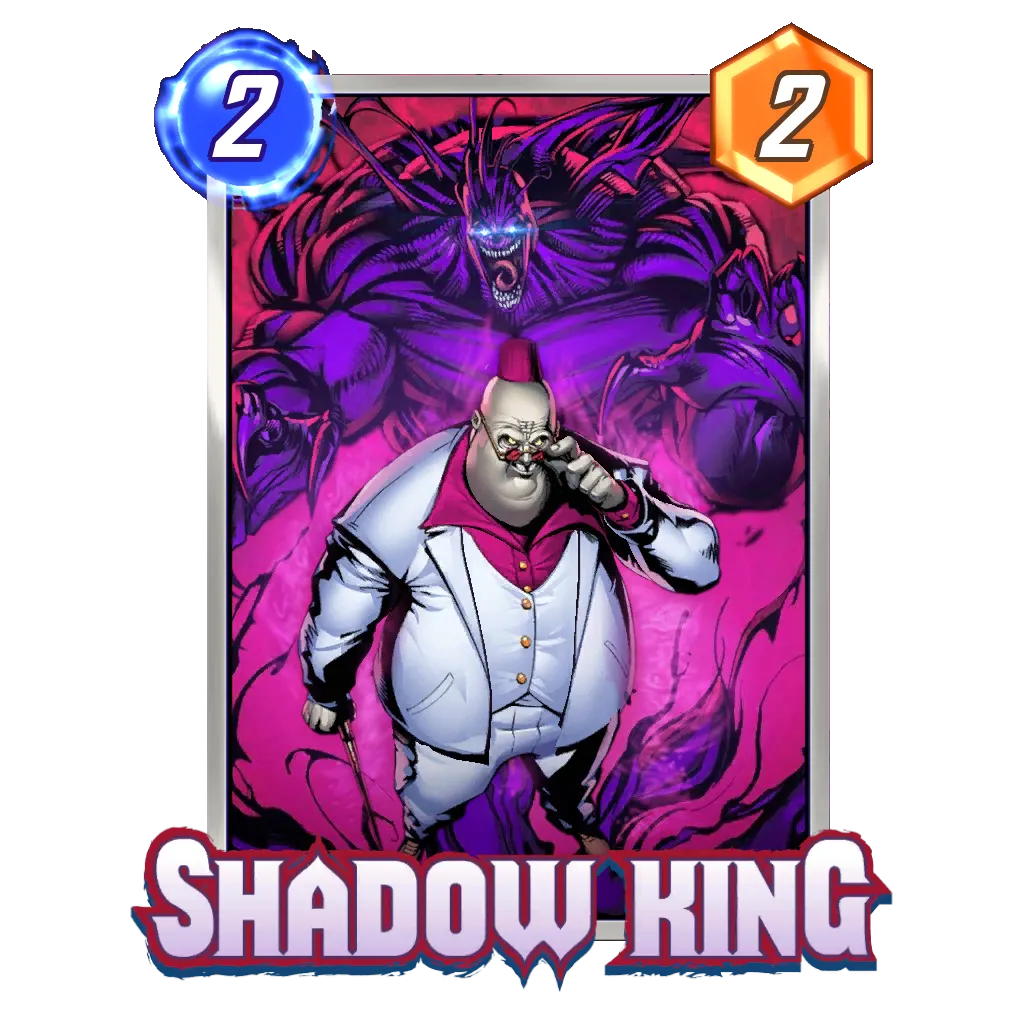
If you find yourself facing a lot of High Evolutionary decks or losing against Blob decks, Shadow King is an excellent counter, being able to revert their big scaling threats to their original power. The two-cost stat line also makes it very premium and flexible to play.
Snapping and Retreating
You can snap aggressively if you have the opening hand of Quinjet, Snowguard/ Agent Colson and Loki, which generally gives you enough tempo to win against most decks. While this starting hand is strong, identifying what your opponent is playing and knowing whether you are holding the necessary tools to counter them in hand is a better method to approach snapping.
Some examples include having Professor X against Sera Decks, having Rogue against Ms Marvel, having Snowguard against Limbo Decks etc.
You are usually in an awkward position if you can’t maintain a decent hand size, being weak to cards like Moon Knight or Silver Samurai, and when you do not draw into your card generation engines. I would advise you to retreat if your opponent snaps you in those situations.
Good Locations
Camp Lehigh, Cloning Vats Daily Bugle, The Hub, The Triskelion: These locations allow you to keep up a large hand size to maximize your Loki effect.
District X/Weirdworld: Quinjet reduces the cost of all cards not from your starting deck, meaning every card you draw will have its cost reduced. Snap when this location appears, and you are holding Quinjet.
The Vault, Kyln: Restrictive locations allow you to predict where your opponent is going to play for an easier Alioth turn 6.
Miniaturized Lab: Winning here early can give you easy priority going into turn 6.
Kamar-Taj: This is an easy way to generate a lot of cards with Agent Colson, Mirage and Snowguard.
Death’s Domain, Altar of Death, Rickety Bridge: Professor X can usually win you these locations since it is difficult for most decks to access them safely.
Subterranea: Loki can replace rocks in your hand with better cards. This location usually hurts your opponent more than you.
Dark Dimension: Alioth destroys all cards played there if you have priority.
Sinister London: Playing Alioth here on the last turn invalidates all of your opponent’s action for 2 locations!
Bad Locations
Attilan: This reduces your hand size going into turn 4, making it hard to set up a good Loki turn. Your token cards will also be shuffled back into your deck, making it harder to draw your core pieces.
Sokovia: Reducing your hand size and potentially losing some core pieces like Professor X and Alioth limits your options in your late game.
Dream Dimension: This location invalidates Professor X, limiting your options that turn.
Avengers Compound: The location makes it awkward to set up Professor X. However, it could help you maintain priority for Alioth if you are able to win the other lanes before turn five.
